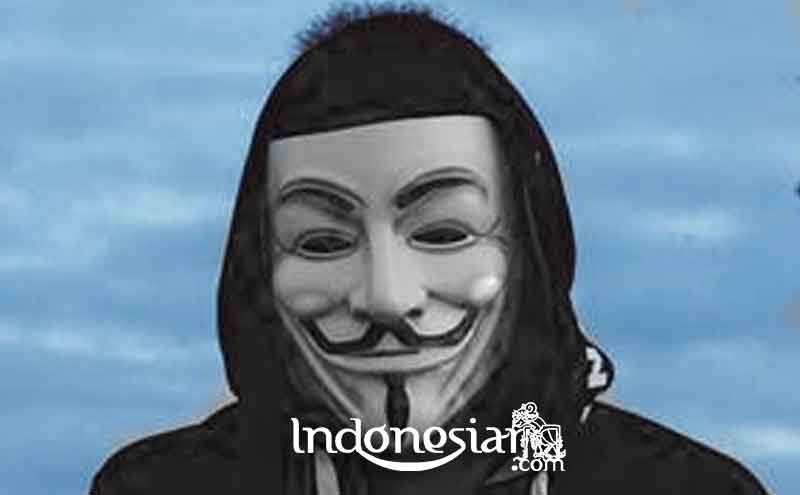Papua is an area in Indonesia that has a variety of agricultural products. The crops harvested from Papua by local residents are taro, petatas (sweet potatoes), kombili (black potatoes), bananas to sago. This locally produced crop party contains a competition to showcase crops between villages and groups. In a feast of local production plants, it will be seen which one has the smallest and largest seeds or fruit. The value that is taken from this “competition”, if the tubers or the harvest is smaller it means losing. The loser must promise to try hard to be even bigger. This annual party is known as nda by mbu.
Hundreds of years ago, ndambu was held to break up disputes, between villages and clans as well as between districts on this island hundreds of years ago. The word ndambu means healthy competition. This ritual is held on a floating island, Kimaam, to be precise at the tip of Papua, bordering Papua New Guinea and the Arafura Sea. To Kimaam Island, it takes a day and a night by sea from Merauke. It could also be by air, the only one using the Susi Air plane. There are four districts in Kimaam, namely, Kimaam, Tabonji, Waan and Ilwayab.
Kimaam Island, separated from the Merauke mainland, is located in the south of Papua. He was found by a Dutch citizen, Frederik Hendrik. The local people call the residents, the Marind Tribe, the Khima-khima Sub-Tribe. The Mariana Strait, the name given by Hendrik. After Indonesia entered, the name became Yos Sudarso Island, the navy that died in the Arafura Sea.
Ndambu, is one of the hereditary rituals of the Marind tribe community. This tradition has existed since the ancestors of the Kimaam people.
They display crops such as tubers, taro, petatas, kombili, bananas and sago. Ndambu is also held when relatives, important people from the batih family die. Ndambu to commemorate their spirits.
Ndambu, is the island’s largest harvest festival with activities centered on the island of Kimaam which is divided into Central Kimaam, North Kimaam and South Kimaam. The ndambu party, each region, is almost the same. In essence, the value of this ritual is to work hard, don’t be lazy. Planting is not just for festivals but fulfills family needs.
Interestingly, the traditional elders have a seasonal calendar based on the count of stars, months, suns. He was given the name there are 12 months too. There is a month, where parents can tell for the next generation, that this month you have to work and not be lazy, do farming, prepare raised beds, and repair leaking houses.
There is also, the high tide season, when plants find it difficult to live. However, amazingly, the largest petatas are still stored in the ground. The meaning of Ndambu means competition. In this Ndambu party, Ndambu participants usually come from four districts and gather around 8,200 people. The various competitions in this Ndambu party are usually one leg rowing competitions, team rowing, traditional archery, traditional hair weaving, manjipai wrestling or bob wrestling. Then, catch crabs, pangkur sago, chisel boats and carve plates and spoons.
The people of the island of Kima are very friendly and live peacefully. The Ndambu party is not only an achievement of agricultural products but of peace, to the resolution of the conflict. On Kimaam Island, there are eight indigenous languages plus Indonesian. In solving problems, Kimaam people usually have respect regardless of ethnicity, culture, and religion.
The tradition of the Ndambu party is the best solution in solving the problems of the Marind people on Kimaam Island. The Ndambu party on the first day features traditional wrestling (bob or manjipai wrestling). Two people were present in the open field, the victory was marked by removing the sago leaves that were held by four people with sago leaves.
Another part, there is laying large taro tubers and the longest kombili. There was a 2.29 meter combo from Kalilam Village against another group from Kimaam District. The story is that one of the families in the village left other residents looking for fish in Ndambu River. For some reason, some of the villagers went home without notification.
The fishing group signaled the returning family by displaying the longest combo. The group that was caught lost the match. White chalk is scattered on the combili. Participants seemed to mock each other, and mock. Finally, an agreement between the two camps made peace with each other, closed together eating betel nuts.
The next day, Ndambu continued to compete for 15 petatas belonging to the Waan District. Petatas were carried on a stretcher because they were very heavy. There are yellow, purple, and white. Adult knee height. After a two-party jury measured the diameter of each tuber, the largest petatas 1.52 meters won. Tubers shown to the general public.
The audience was amazed when they saw this biggest petatas. “How to pull out and carry it. It must weigh hundreds of kilograms, ”said Firman Hotasoit, a journalist for the Papua Selatan Pos Daily Media.
From Waan District, they also brought three sacks of unhulled rice, a sign of the success of planting, although each year their area is known for high tide disasters because it is lower than the sea. This area is also famous for the raised beds called Wambad. Size depends on the maker. Each raised bed can be as big as a football field, planted with long-term vegetation such as sago, breadfruit, coconut. Some of them are beds for the hut and make plants such as petatas, kombili, vegetables, pumpkins and others. They plant with natural fertilizers, clean the garden, care for it until the harvest.
Are you interested in seeing one of the people’s parties from Papua? Come on, visit Indonesia and get interesting information from Indonesiar.com,





























